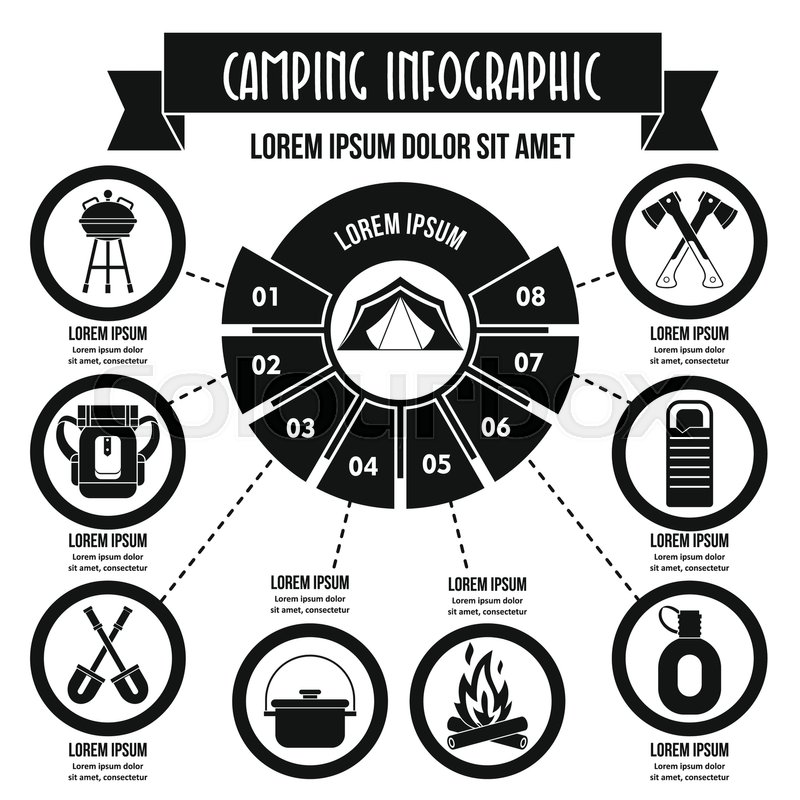Best Practices To Selling Camping Tents And Managing A Lucrative Venture
Best Practices To Selling Camping Tents And Managing A Lucrative Venture
Blog Article
Exactly How Vital Are Outdoor Tents Footprints/Ground Cover?
Camping tent impacts are a great way to protect your tent floor from abrasions and extend its functional life. Mostly all equipment suppliers supply their very own brand-specific impacts that are created to match their particular outdoor tents versions.
How much is a tent for camping?
This customized strategy supplies convenience of arrangement and decreases the risk of rainwater seeping in through the seams.
What are they?
Camping tent footprints (likewise known as tent ground sheets or under tent pads) give a layer of defense in between the base of your outdoor tents and the exterior atmosphere. They secure your tent from sharp objects, dampness, and unpleasant surface areas.
A lot of camping tent producers offer their own well-known impacts developed to fit seamlessly with their marked sanctuary versions. Nevertheless, these are typically expensive and reasonably heavy compared to do it yourself choices like Polycryo or Tyvek.
Footprints are commonly made from long lasting, water resistant materials such as polyurethane, nylon or silnylon. For ultralight backpackers seeking to decrease pack weight, there are likewise lightweight, high-strength options made from Cuben Fiber (Dyneema). It's important to pick an impact that's somewhat smaller than your tent to stop rain from dripping down the sides of your shelter and funneling underneath you while you rest-- nobody wants to awaken in a pool! A footprint is a worthwhile enhancement to any type of camping journey. It helps guarantee a long life-span for your camping tent while adding convenience and comfort.
How important are they?
Outdoor tents impacts protect the base of your outdoor tents from abrasion and wetness, helping to expand its life expectancy. They're generally made from waterproof and dirt-resistant products like polyethylene or a light-weight oxford polyester, though the denier of the fabric will vary (the greater the denier number, the thicker and burlier).
Many footprints are made to specifically match the shape of your outdoor tents's floor, which helps decrease material waste. Numerous have grommets or loopholes where you can weave guylines for stress and stakes, ensuring that the footprint is safely held down.
If you camp in rough terrain or locations where there's a great deal of downed branches and sharp rocks, an outdoor tents impact is well worth the included weight and mass. However if you regularly camp in completely dry, sandy or rough problems, a footprint might be excessive. A tarpaulin is a better option in that situation.
Do you typically pack one?
If you're camping on an extremely flat surface area where rocks and sticks aren't a concern, a tent footprint possibly isn't required. If you remain in the backcountry with a great deal of harsh terrain, an impact can make life much easier.
Impacts are usually sized somewhat smaller than the base of the outdoor tents. That's because a larger impact would catch rainfall and channel it under the camping tent, where you might wake up in a pool.
Nonetheless, footprints can be expensive and hefty if you acquire one from the producer of your tent (the Big Agnes Tiger Wall UL 2 impact, as an example, sets you back $70 and considers 6 ounces). You can save cash and weight by making your very own do it yourself footprint by reducing an item of Tyvek or other waterproof fabric to the precise measurements of your sanctuary. You can even add grommets for very easy add-on. The main benefit of an impact is that it assists to protect the flooring of your backpacking outdoor tents from abrasive elements such as rocks and branches.
Exactly how do you maintain them cleanse?
A manufacturer's footprint can include substantial weight to your sanctuary system and if you're an ultralight backpacker attempting to save every ounce, it may not deserve it. For this reason, numerous backpackers will make permanent tent homes use of a do it yourself groundsheet that's made out of something like Tyvek or Polycryo and cut it to size for their camping tent impact.
This option is relatively low-cost and will certainly protect your camping tent from wetness, rocks, thorns, sticks, and so on, while additionally aiding to keep the bottom of your outdoor tents completely dry.
If you do decide to purchase a footprint, be sure it's developed specifically for your particular camping tent as this will help reduce water pooling around the edges of your shelter. For example, if your camping tent footprint is as well big and prolongs past the edge of your rainfly, it will collect rainfall which can seep into lighter-weight camping tents and potentially wear down the floor. Make sure it fits your tent rather well to prevent this.
How do you keep moisture out of a tent?
